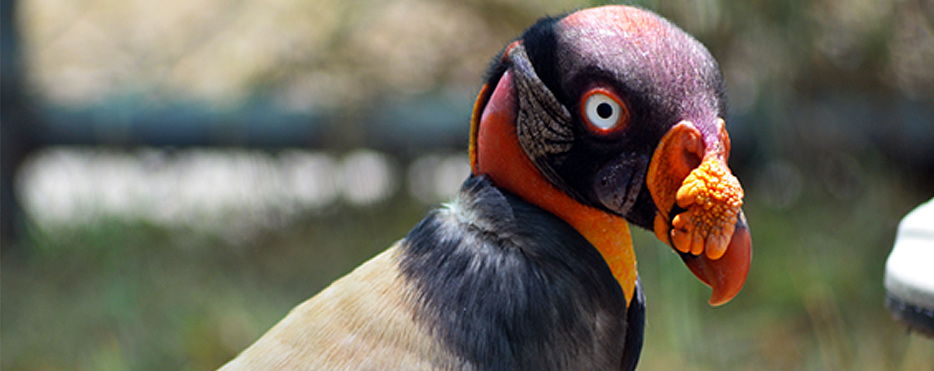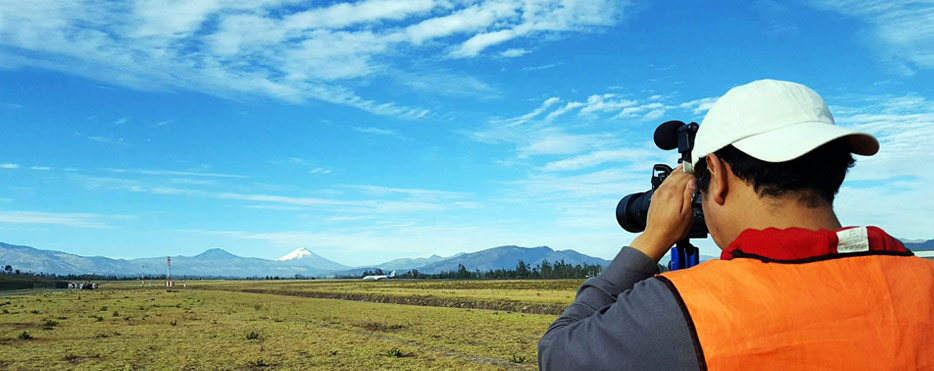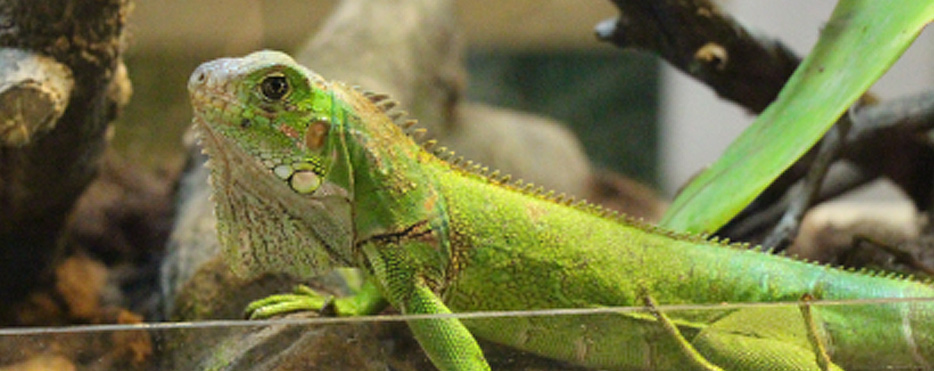Month: August 2016
RESCUED BIRDS OF PREY ARE REHABILITATED AT QUITO AIRPORT

- Quito Airport has the country’s first center specializing in the rehabilitation and training of birds of prey.
- The Ministry of the Environment provided two birds of prey for rehabilitation and reintegration into their natural habitat.
Quito Airport received two vulnerable birds of prey which had been rescued in Sucumbíos Province by the Ministry of the Environment. On this occasion a King Vulture (sarcoramphus Papa) from the condor family with a wounded wing and an Osprey (pandion Haliaetus) that had had its feathers cut were taken in. These specimens entered the bird of prey rehabilitation center set up at Quito Mariscal Sucre International Airport, as part of its Wildlife Control Program which uses falconry as a principle method.
The rehabilitation center, the first specializing in birds of prey in Ecuador, is tailored to carry out various types of treatment for the recuperation of these birds thanks to its facilities, ample space and highly trained and specialized scientific and technical staff from the Faunaetus organization, hired by Quiport to manage Wildlife Control at the Airport.
The main objective when receiving a bird is to rehabilitate it and release it into its habitat. However, in some cases birds are taken in that have already had too much contact with humans and cannot be released. In these cases, the birds may be part of the Airport’s Wildlife Control Program, guaranteeing very favourable living conditions since they are able to fly and keep active, something which does not occur in, for example, zoos.
The birds that arrive to be rehabilitated at the Airport are treated with various techniques such as feather implants, weight gain and muscle-building. In the case of birds that cannot be released into the wild, these also receive training and deterrence techniques.
The rehabilitation process of the two rescued birds will last for approximately one month before they are reintegrated into their natural habitat.
Falconry is key to the safety of the Airport
On various occasions we have been able to observe majestic birds flying over the Airport, but what many people don’t know is that these birds have been trained to control airport safety through an effective method that aims to scare away small fauna using birds of prey.
This environmentally friendly discipline consists of training birds of prey to prevent other species from accessing the vicinity of the Airport and to guarantee the safety of operations which may be affected by the presence of fauna.
Falconry, a practice which has been used for centuries and whose origins date back to ancient China, has been quite effective given that the presence of birds around Quito Airport has been significantly reduced.
Currently, the Airport’s Wildlife Control Program has 11 birds that have been trained to discourage the presence of other species in a natural way, since if animals sense the presence of predators they will avoid the zone under the predator’s control, in this case the Airport.
Corporación Quiport, in charge of managing the Airport, introduced the program in 2013. There are only a few airports in the region that have falconry programs for controlling wildlife.
AVIATION PHOTOGRAPHY AT MARISCAL SUCRE

On Saturday, August 6, the Quito International Airport received a special visit from 29 aviation photography enthusiasts who enjoyed a cloudless morning and afternoon, perfect conditions for capturing impressive photographs with a wonderful view of Cotopaxi Volcano.
Spotting is the hobby of recording and photographing the aviation world (planes and airports). It is an activity that has developed over recent years in Ecuador and there is an ever increasing number of persons who share this interest.
During the morning the spotters set up on the southeastern perimeter and, taking advantage of the light at this time, achieved impressive shots with a cloudless background view of Cotopaxi Volcano.
After a short break, the participants returned in the afternoon to continue with their hobby, this time setting up on the southwestern perimeter to capture shots from a different viewpoint.
The event was organized by ‘Ecuador Aviation Photography’ and the visit is just one of several that have already taken place in recent years at Quito International Airport.
Corporación Quiport has given its support at all times to the participants, always guaranteeing the safety of the airport.
NEW EXHIBITION OF REPTILES AND AMPHIBIANS AT QUITO AIRPORT

ExpoVivarium is on display until 31 December 2016 at Quito Airport Center, located in front of the Mariscal Sucre Airport passenger terminal. This is a space for learning and interaction allowing visitors to observe and learn to appreciate the diversity of reptile and amphibian fauna in Ecuador. The exhibition is part of an itinerant display that is permanently shown at the Quito Vivarium and has arrived at the airport thanks to the initiative of Quito Airport Center and Gustavo Orcés Herpetological Foundation.
At the exhibition, passengers and visitors of Quito Airport can observe a variety of amphibian and reptile species from the coast, highland and amazon regions of the country. Many examples have been rescued from illegal trafficking or from homes where they were kept as pets.
In addition to observing these species, visitors have the option to receive an environmental talk and at the end of the visit can have a photograph taken with one of the snakes.
The exhibition is open from 10:00 to 19:00 (Wednesday to Monday) on level 2 of the Quito Airport Center, where accessories and themed objects are also on sale such as jumpers, scarves, artisanal objects and books.
This type of initiative helps to bring different and novel experiences to visitors and passengers while encouraging informative activities and respect for nature, placing Quito Airport at the forefront of the airport industry.
